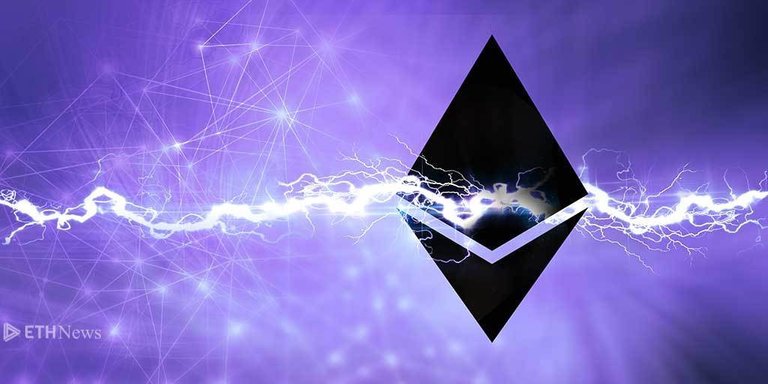
For what seems to be the talk of a century, Ethereum and its core-developers have been making solidified progress in their attempts to figure out the issues regarding the blockchain’s scalability.
One of Ethereum’s most anticipated scaling projects, Raiden, is now finally in preparation of launching its own publicly traded coin: RDN, the Raiden Network Token. Developed to solve Ethereum’s transaction issues, this token aims to eliminate several key factors currently hindering the Ethereum blockchain from advanced scalability.
One of the central issues regarding Ethereum’s scalabilty is its inefficiency and inability to support large volumes of transactions: causing high payment costs and relatively slow settlement times.
To be held this October, the Raiden Network initial coin offering will serve to fund the further development of the payment protocol. Led by blockchain consulting firm Brainbot and co-founder Heiko Hees, this ICO will set a highly-anticipated milestone for the Raiden project, as the token itself will serve as the solution to increase transaction capacity on the world’s second largest public blockchain.
According to the Raiden team and its developers, funds acquired through the ICO will be used to finalize the development of the payment network, enabling Ethereum users to send and receive transactions at much higher volumes.
But, why would users buy the token?
Due to its design and infrastructure, payments made through the Raiden Network will likely cost fees. In addition, Raiden requires that users “watch” their transaction channels in order to ensure that their funds are not being stolen or tampered with.
However, this inconveniences users, as no one wants to sit and stare at their computer for long periods of time just to make sure their money isn't being stolen.
The “solution” to this issue is to outsource the watching from vendors in return for a small payment, which is where RDN, the Raiden Network token, will see its light.
However, unlike most initial coin offerings, the Raiden team claims they are placing very little effort in marketing their token sale, in hopes that the event itself will be “boring” and cause little attention.
According to the team, the current plan for the token pre-sale is to hold a “uniform price Dutch auction,” which is a crowd-funding method of decreasing the token price consistently over the course of the sale. In theory, this method is said to generate substantially less hype, as those that already know about the sale will have incentive to continue delaying their purchase until the token hits a cheaper price point.
We saw a similar ICO method for the Ethereum-based prediction platform Gnosis, but despite incentive, the ICO still raised $12.5 million in a matter of 15 minutes.
Moving Forward
Along with the development of the payment protocol for Ethereum, the funding received from the initial coin offering will also be used to supplement future projects.
For example, funding will be used to further develop uRaiden: the newly announced version of the off-chain solution designed for applications built on Ethereum that do not require the same payment protocol.
Along with this, the Raiden team announced to CoinDesk that they will also be using the funding to develop Raidos, an early-stage project designed to complement complex smart contracts.
Overall, it is clear to see that the Raiden team has a strong vision for the future, with multiple projects in the works not only to support the advancement of Ethereum, but to revolutionize blockchain technology as a whole.
Leave a comment down below and let me know what you think!
Follow @TheCoinEconomy on all social media platforms in order to receive the latest insight on the cryptocurrency market and advancement of blockchain tech. (TradingView, Twitter, Instagram, Facebook, StockTwits.)
Thanks for posting. Very informative.
If you like my Posts, just Follow me and Resteem and Upvote my Posts. @thunderland